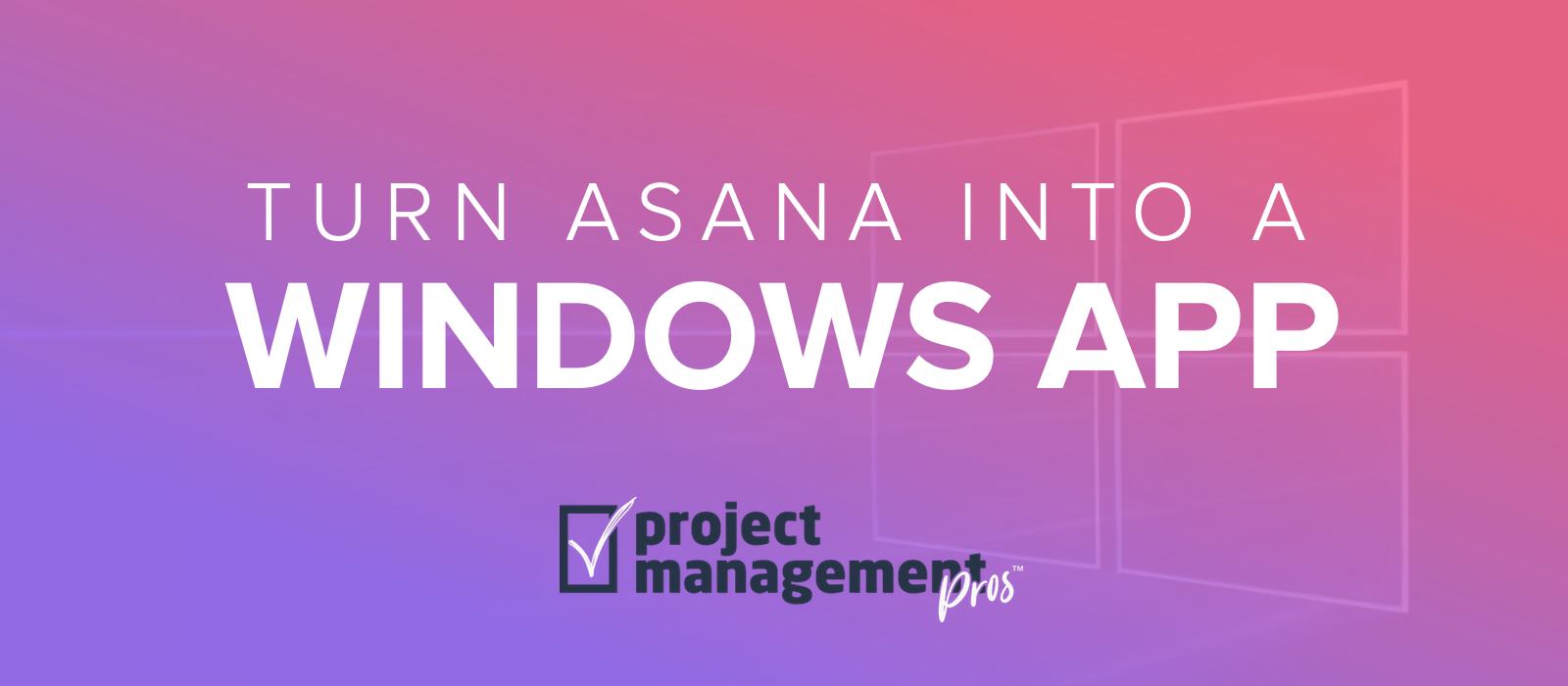Set communication expectations for your team
Note: If you buy something linked to in one of our posts, we may get a small share of the sale.
A common question we field in our workshops is, “How often do I need to check Asana?” It’s a little tricky to handle since different types of roles have different requirements about notifications (i.e. administrative assistant vs. maintenance worker). But our best response is, “How often do you check your email? Probably that much.” That’s because Asana should become the de facto place to see new tasks and work communication.
But there is often still confusion around when to use Asana rather than some of the other tools you may be using, like email, Slack, phone calls, meetings, etc. What if you need an immediate answer? Does that change anything?
We suggest you create an Asana conventions (or policies) document to set expectations for your team. And part of that document should outline communications protocol for your team.
Example communication protocol
Timing
Do you need an immediate response? Go to their office if possible, or call them and follow up with Slack if no answer.
Do you need a response within one hour? Use Slack.
Do you need a response within a day? Use Asana.
Content
Does it relate to a specific task? Use an Asana comment.
Does it relate to a specific project but not a task? Use an Asana project conversation.
Are you sharing time-wasting GIFs? Use Slack.
Is it a 5-year-old email forward chain? Stop, for the love of all that is holy!
Is it a non-work company announcement? Use the all-staff email group.
By clearly letting your team know what is expected (like that everyone should be checking Asana at least twice daily), you’ll experience smoother adoption of Asana and more unity. What are some of the expectations (written or unwritten) at your place of work?







